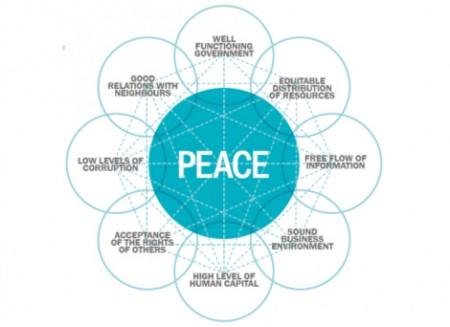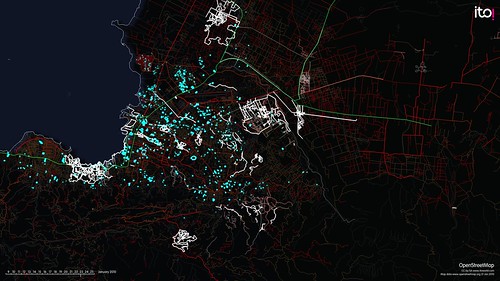
There is a feeling of trepidation in the Gaza Strip these days, and since the Muslim Brotherhood—Hamas’ fellow journeyers—were ousted from power in Egypt in early July, living conditions have deteriorated dramatically. The new rulers of Egypt have launched a much-vaunted campaign against armed groups in the Sinai Peninsula and against the tunnels that connect that territory with Gaza. The latter has brought life in this tiny strip of land where 1.6 million Palestinians live—most of them in refugee camps—to almost a standstill.
Since Hamas won the Palestinian elections in 2006, the Gaza Strip has been under a strict siege. Until last month’s military intervention in Egypt, the Islamic Resistance Movement—branded a terrorist organization by the United States, the European Union, and Israel—was able to undermine this blockade by smuggling a myriad of products, including food, medicine, weapons, and even people, into the Gaza Strip. The two most important benefits of the tunnels were the flow of cheap fuel and other goods, and the taxes that Hamas raised from this.




